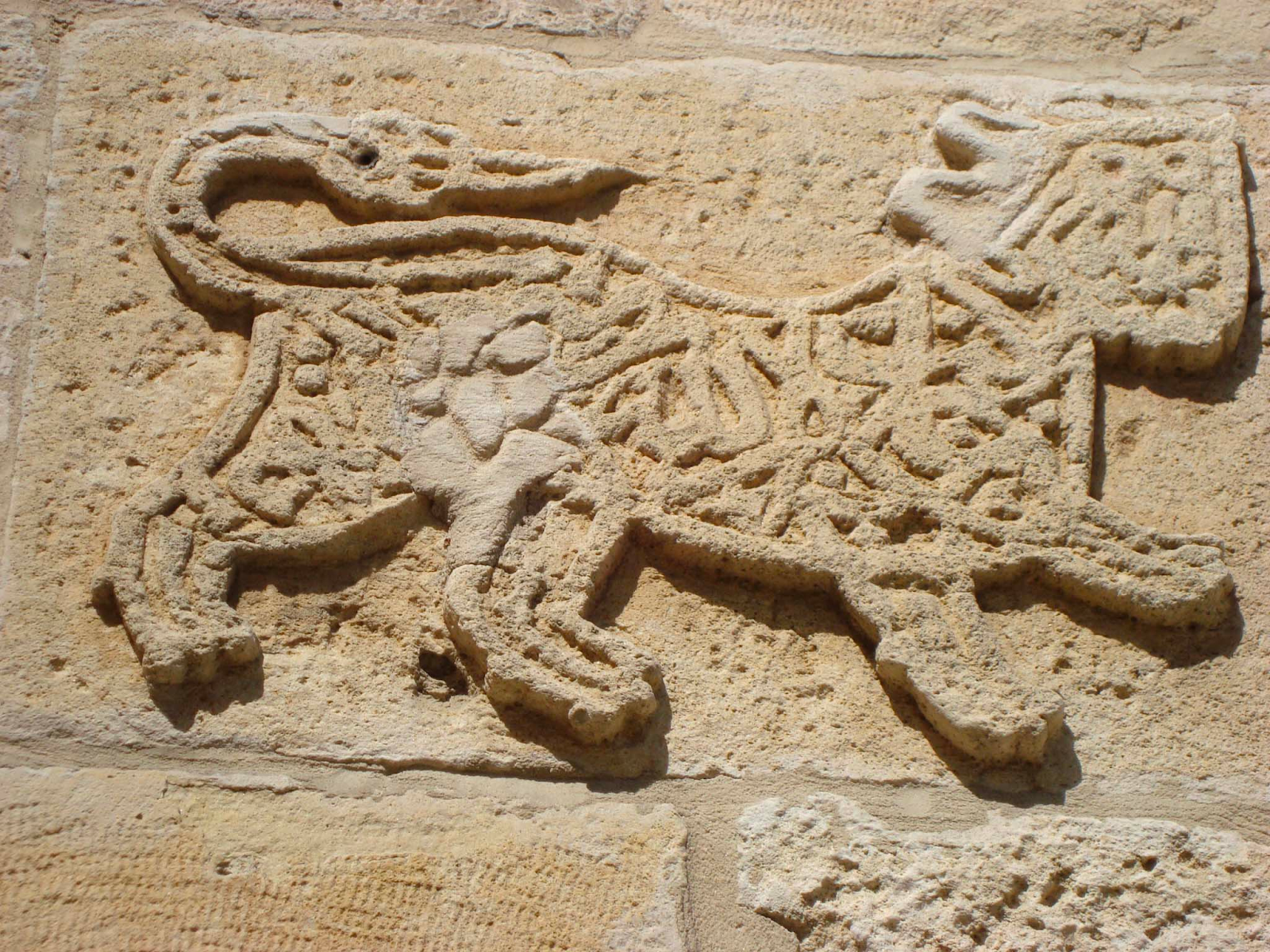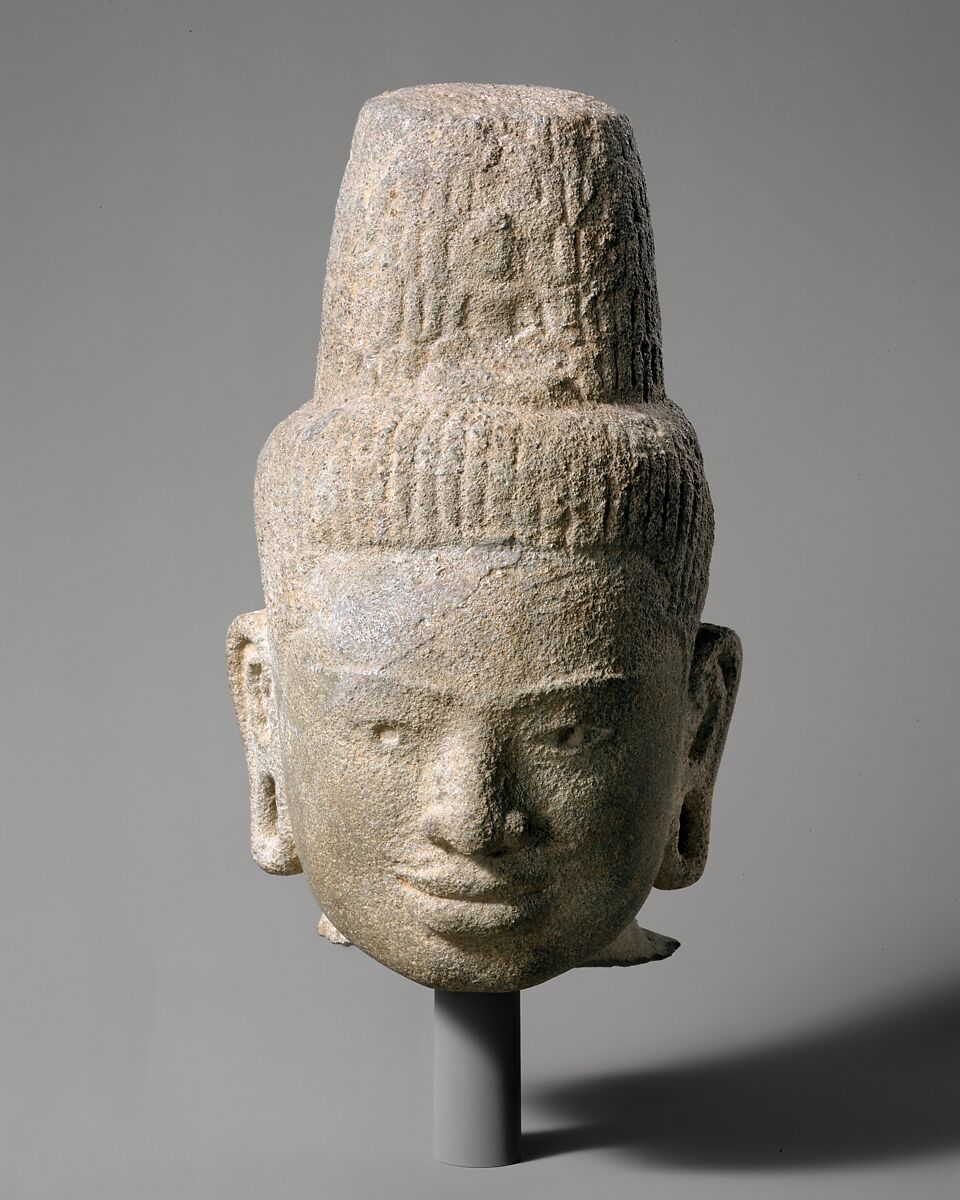Gaza, situated on a narrow stretch of land along the Mediterranean, was founded during the Canaanite age (3000 BCE), and is considered as one of the oldest cities in the world. Its historical significance lies in serving as a vital trade route connecting which has connected Egypt and the Levant since ancient times and which traced its origins back to the third millennium BCE.
Throughout its rich history, the area has been at a cultural crossroad, nurturing various civilisations, enduring through the Byzantine and Christian epochs, and progressing into the Islamic era, including subsequent periods like the Mamluk and Ottoman eras. During the Ayyubid era, the core of the old city expanded beyond the limits of its surrounding wall forming four neighbourhoods: The Tuffah (Apple), The Zaitoun (Olives), Al-Shuja’iyya (Braves) and Al-Daraj ( Steps). Unfortunately, the area has been frequently plagued by conflicts, many of which have impacted archaeological and historical sites with tragic regularity.
Alongside the thousands of dead persons on both sides of the cataclysmic 2023 war, which also has displaced citizens of the region, dozens of heritage sites in Gaza have been damaged and destroyed, including the Qasr al-Basha Palace (قصر الباشا), which was a testament to the region’s past and its rich cultural heritage and the history of civilisations and diverse political rulers, over the centuries.
History of the Qasr al-Basha Palace
Built c. 1260 and 1277
Built in the Haraat al-Daraj district, the once densely populated northwestern quarter of Gaza's Old City, it is not recorded exactly when Qasr al-Basha Palace (قصر الباشا) was first constructed, but the style of the entrance, along with the construction of the interior, suggest it was sometime during the Mamluk period.
The first floor of the palace is believed to have been built under the orders of Mamluk Sultan al-Zahir Baybars, in the middle of the thirteenth century CE. The building's prominent sculpture of two lions, facing each other, are one of the most important landmarks during Baybars’ rule and were represented in all important works, constructed during his reign. The building also utilises geometric patterns, domes, and intersecting vaults, all typical features found within Mamluk-period architecture.
1530-1681 CE
According to records referencing the endowment of Musa Pasha Al Radwan, the Qasr al-Basha Palace became known as Al-Redwan Palace in the 17th century in reference to the “Al Radwan” family that ruled Gaza and most of Palestine specifically between 1530-1681 CE.
1649 CE
A Turkish traveler, Evliya Celebi, wrote about Qasr al-Basha Palace saying: “The castle was built in ancient times. It is small and rectangular, and is located one hour east of the sea. Its walls are twenty yards high, and it has an iron door that opens in the direction of the Qiblah.."
17th century CE
A second floor is added to the Qasr al-Basha Palace under the orders of governor Jamal al-Din Aqosh, appointed by the Ottoman governor from the Damascus Governorate.
During this era, the castle is fitted with protective openings and underground passages to be used as a fortress when enemies attacked and as a means of defending the city. Inside the castle there were rooms and housing for soldiers, a mosque, a silo, and an arsenal of weapons, cannons, and arrows.
1649 CE
A Turkish traveler, Evliya Celebi, wrote about Qasr al-Basha Palace saying: “The castle was built in ancient times. It is small and rectangular, and is located one hour east of the sea. Its walls are twenty yards high, and it has an iron door that opens in the direction of the Qiblah.."
 |
| Lithograph, 1819 |
Napoleon conquered Egypt in July and August of 1798, and by February of the following year had embarked on his campaigns laying siege to Palestine. Some say that before the French general's forced retreat Bonaparte may have stayed in, or attacked the Qasr al-Basha Palace which is why it is sometimes called Napoleon’s Castle.
Over time, it would become one of the few historical structures from that period which withstood time in the city, and is believed to be the oldest representative of Islamic architecture in Palestine.
By on/around 1918
Following the First World War and during the period of the British Mandate, when the British controlled Palestine for almost three decades, overseeing a succession of protests, riots and revolts between the Jewish and Palestinian Arab communities, the Qasr al-Basha Palace was renamed Al-Saraya and converted into a police station, with two small rooms allocated under its floor for detention purposes.
1956 and Later
The Qasr al-Basha Palace became the administration building for Princess Firyal (daughter of King Farouk) School in 1956, when Egypt ruled the Gaza Strip and is later renamed the Fatimah Al-Zahra School for Girls during the era of President Gamal Abdel Nasser.
1967 through 2005
By 1967, the Palestinian territory – encompassing the Gaza Strip and West Bank, including East Jerusalem was occupied by Israel with much of Gaza's Old City was affected by conflict, including the Qasr al-Basha Palace, which is eventually abandoned.
1998
By 1998, and now falling under the control of the Palestinian National Authority, that exercised partial civil control over West Bank areas "A" and "B," it is decided to relocate the girl's school from The Qasr al-Basha Palace and to converted the historic structure into a museum which will be overseen by the Ministry of Tourism and Antiquities, to be renamed as the Pasha’s Palace.
By 2005
The Ministry of Tourism and Antiquities conduct a restoration project for the Qasr al-Basha/ Pasha’s Palace. The United Nations Development Programme's Programme of Assistance to the Palestinian People (UNDP/PAPP) and KfW Development Bank of the German government built new facilities for the girls school, and the historic building's restoration begin under the supervision of the Palestinian Authority Department of Antiquities and Cultural Heritage to become the first museum in the Gaza Strip.
During the first phase of the project, landscaping is added, as well as new doors, windows, and gates were installed. The facade of the palace is also restored. In the second phase of the project, appropriate furniture was placed for the museum, in addition to installing glass halls designed to house historical antiquities.
 |
| Pasha’s palace (Ministry of Tourism and Antiquities, 2013). |
A smaller building in front of the palace is also renovated to be used as an access gate to the museum.
The museum centres on five rooms dedicated to displaying the museum’s modest collection of antiquities which includes Neolithic, Ancient Egyptian, Phoenician, Persian, Hellenistic, Roman and Islamic artefacts.
The first room displayed antiquities predominantly from the Roman era, the second from the Byzantine era, and the third room displays women’s adornments during all eras. The fourth room displayed architectural elements including stones, columns, and capitals for all eras and the last gallery room, was allocated to artefacts from the Islamic era.
11 December 2023
While the information we have regarding antiquities and cultural assets in Gaza is limited and fragmented, Al Jazeera provided video footage of bombardments on Omar Al-Mukhtar Street which also depicted damages to the historic Pasha Palace Museum although the building remained standing.
Video and still footage from media and social media sites show the almost complete destruction of the Pasha Palace Museum, leaving only partial walls of the primary structure still standing and the second building in front of the palace completely destroyed.
ARCA would like to thank and cite the documentary work and photographs used in this article outlining the repurposing of this building found in the academic paper: The Role of Heritage Tourism in Preserving Historical Buildings in Palestine (Case Study of the Pasha’s Palace, Gaza) by author Hammouda Aldohdar.
ARCA's Statement on War Damage
This war has led to calls on heritage professionals and cultural institutions to release statements in support of either Israel or Palestine, something ARCA will not do. Instead, our reporting will remain as it has always been, focused on cultural property protection, as the significance of the humanitarian consequences of war is outside of the scope of our research.
Both Israel and Palestine are parties to the 1954 Hague Convention on the Protection of Cultural Property in the Event of Armed Conflict and the Convention’s First (1954) Protocol. This protocol specifically applies to movable cultural property only, and prohibits the export of movable property from occupied territory and also requires its return to its original territory at the conclusion of hostilities (Article 1).
Palestine has also ratified the Convention’s Second (1999) Protocol which states that Parties to a conflict shall ensure the immunity of cultural property under enhanced protection by refraining from making such property the object of attack or from any use of the property or its immediate surroundings in support of military action.
Under customary international law, Rule 38., each party to the conflict must respect cultural property:
A. Special care must be taken in military operations to avoid damage to buildings dedicated to religion, art, science, education or charitable purposes and historic monuments unless they are military objectives.
B. Property of great importance to the cultural heritage of every people must not be the object of attack unless imperatively required by military necessity.





















.jpeg)


























